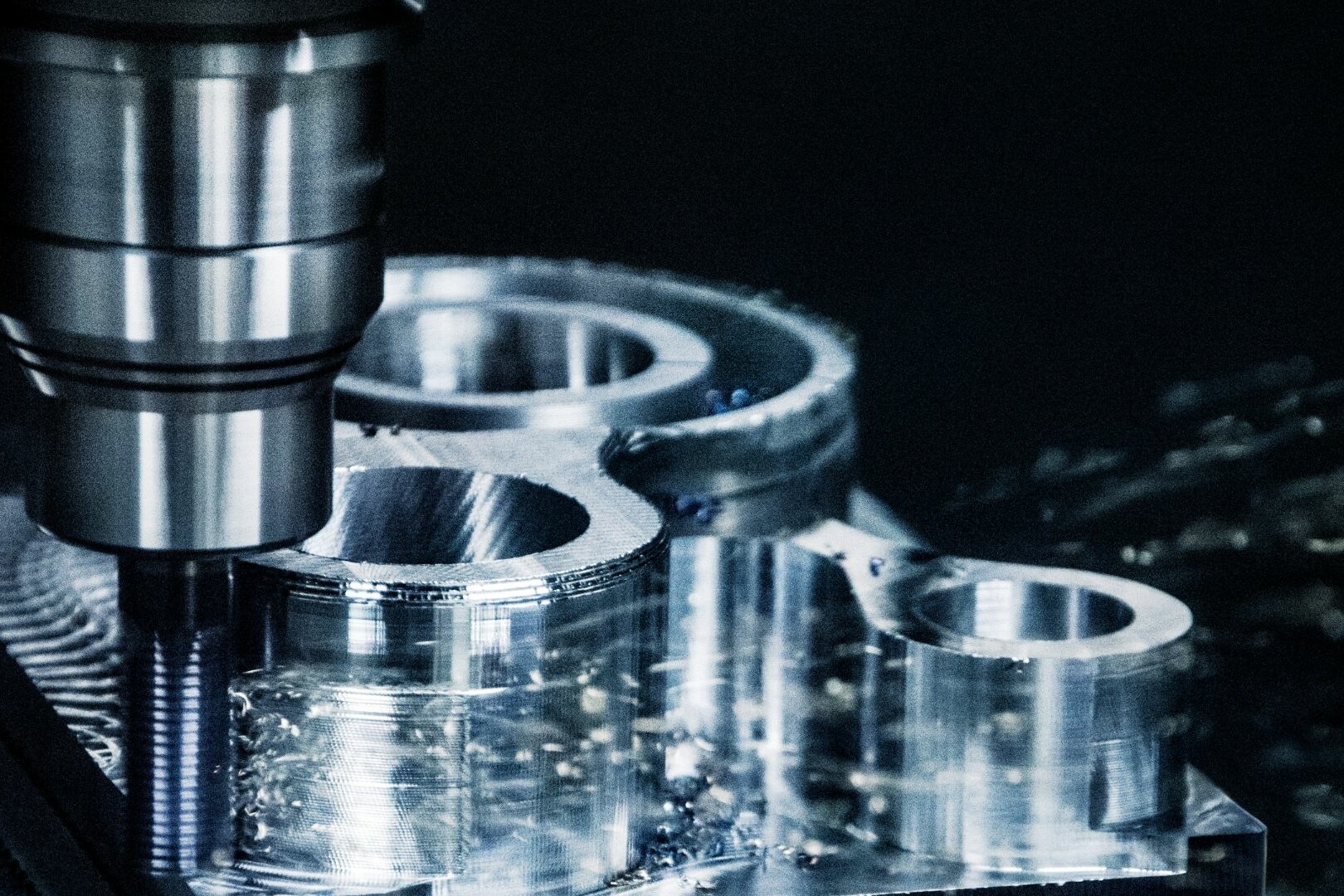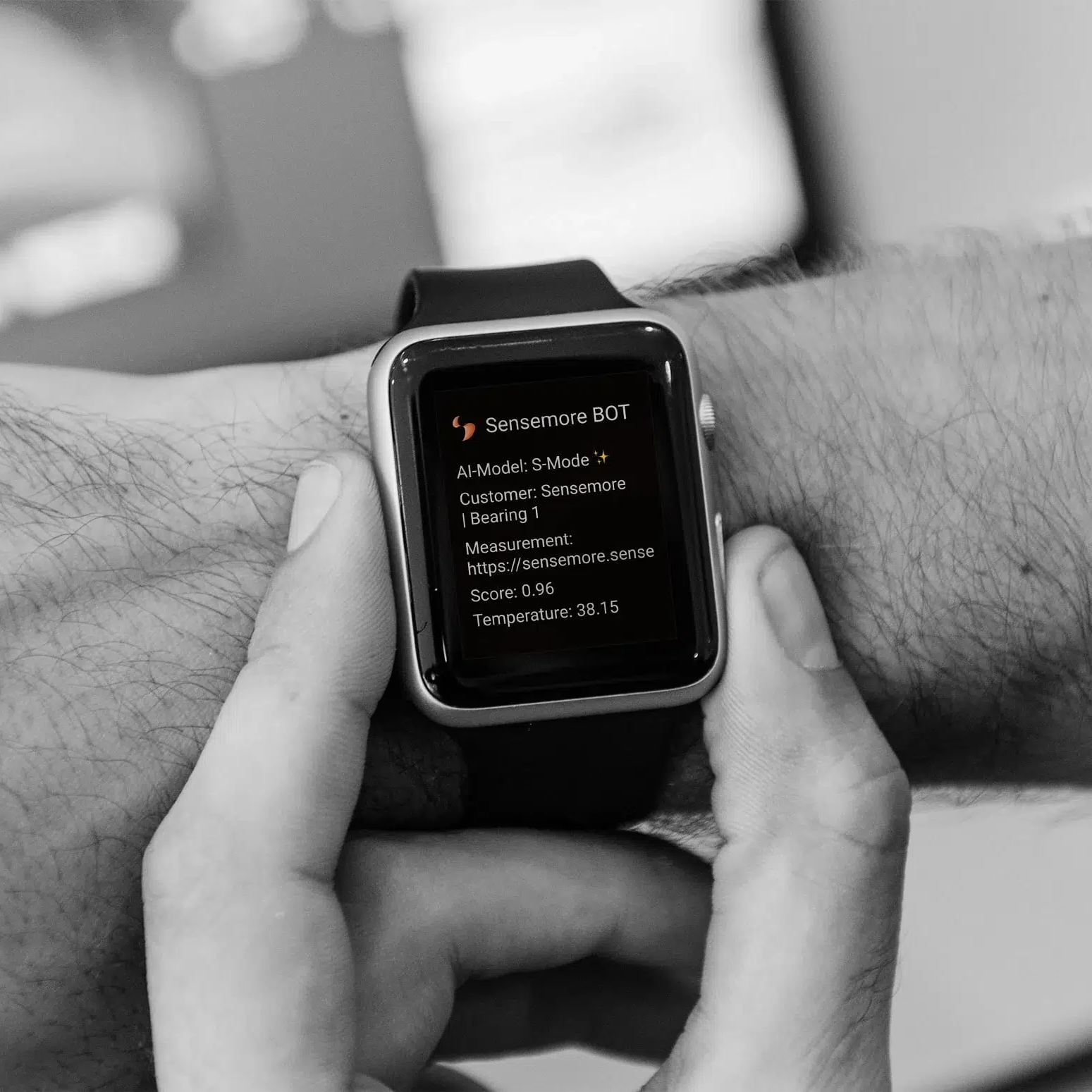In today’s rapidly evolving industrial landscape, the imminent retirement of seasoned maintenance professionals poses a formidable challenge for organizations worldwide. As these experienced technicians exit the workforce, they take with them a wealth of invaluable knowledge accumulated over decades of hands-on experience. The loss of this expertise threatens to disrupt operations, compromise efficiency, and impede organizational growth. To mitigate this risk, organizations must proactively implement robust knowledge management strategies aimed at capturing, documenting, and transferring maintenance knowledge to the next generation of workers. This comprehensive guide outlines practical steps that organizations can take to safeguard their expertise and ensure the seamless continuity of maintenance operations.
Identify Critical Knowledge
The foundation of effective knowledge management lies in identifying the critical information essential for sustaining operational excellence. To achieve this, organizations must engage in proactive dialogue with maintenance leaders to gain insights into the specific skills, techniques, and procedures crucial for maintaining equipment reliability and optimizing performance. Additionally, conducting structured interviews with retiring workers can unearth invaluable insights, undocumented tricks of the trade, and experiential knowledge that may not be readily apparent from existing documentation. Furthermore, a thorough analysis of maintenance logs and reports can reveal recurring issues, common challenges, and innovative solutions, providing invaluable insights into areas that require special attention during the knowledge transfer process.
Choose Knowledge Transfer Methods
Once critical knowledge has been identified, organizations must carefully evaluate and select the most appropriate methods for transferring this knowledge to the next generation of maintenance professionals. While traditional approaches such as apprenticeships and mentorships remain invaluable, organizations must also embrace modern technologies and innovative techniques to facilitate knowledge transfer in an increasingly digital world. Consideration should be given to developing comprehensive training manuals, interactive e-learning modules, and engaging video tutorials that cater to diverse learning styles and preferences. It is imperative to tailor these methods to the specific type of knowledge being transferred, recognizing that tacit knowledge, acquired through practical experience, is often best conveyed through immersive, hands-on learning experiences. Additionally, the establishment of standardized procedures for common maintenance tasks can promote consistency, enhance efficiency, and streamline the knowledge transfer process across organizational functions.
Document Institutional Knowledge
In addition to transferring critical knowledge, organizations must systematically document institutional knowledge to preserve invaluable insights, best practices, and lessons learned for future reference. This may entail creating centralized knowledge repositories, comprehensive databases, or interactive knowledge-sharing platforms accessible to all members of the maintenance team. Leveraging multimedia formats, such as instructional videos, interactive simulations, and virtual reality environments, can enhance knowledge retention and accessibility, particularly for visual learners. Furthermore, encouraging experienced technicians to contribute to knowledge documentation efforts by sharing troubleshooting advice, technical insights, and practical tips can enrich the collective knowledge base and foster a culture of continuous learning and improvement within the organization.
Provide Training and Mentoring
Effective training and mentoring programs are essential components of successful knowledge transfer initiatives, enabling experienced technicians to impart their expertise, insights, and best practices to the next generation of maintenance professionals. Pairing junior technicians with seasoned mentors for on-the-job training and experiential learning can accelerate skill development, instill confidence, and foster collaborative problem-solving capabilities. Additionally, scheduling structured knowledge transfer sessions facilitated by retiring technicians can provide a forum for sharing specialized knowledge, addressing common challenges, and disseminating lessons learned from real-world experiences. Furthermore, investing in professional development opportunities, such as vendor training courses, industry certifications, and technical workshops, can equip new technicians with the latest tools, techniques, and methodologies essential for thriving in a dynamic and rapidly evolving maintenance environment.
Conclusion
In conclusion, effective knowledge management is paramount for organizations seeking to preserve, transfer, and leverage maintenance expertise in the face of demographic shifts and workforce transitions. By systematically identifying critical knowledge, selecting appropriate transfer methods, documenting institutional knowledge, and providing comprehensive training and mentoring programs, organizations can ensure the seamless continuity of maintenance operations, enhance organizational resilience, and sustain competitive advantage in an ever-changing marketplace. Embracing a culture of knowledge sharing, collaboration, and continuous learning empowers organizations to harness the collective wisdom of past generations while embracing the opportunities of the future.
Recommended Blog Posts
September 4, 2023
Powerful Signal Analysis Tools for Vibration Analysis
Predictive maintenance, crucial for machinery reliability, heavily relies on vibration analysis. Techniques like FFT…
September 4, 2023
Rotating Machinery Vibration Analysis
Vibration analysis is a critical tool in various industries like manufacturing, power generation, and transportation.…
December 28, 2022
Fault Diagnostic Technique Using Machine Mode Similarity Analysis
AI can diagnose machine faults with vibration data but machine mode similarity analysis is an alternative, it uses…
September 15, 2022
Understanding Rotating Machinery Data
Machine data is generated by physical attributes and actions of machines, collected by sensors and analyzed for…
August 6, 2021
Envelope Analysis
Bearings are critical elements in rotating machines, they support radial and axial loads, and reduce friction. Real…
May 6, 2021
What is Cepstral Analysis?
Cepstral Analysis, a tool used to detect periodicity in frequency spectrum, can be useful in gearbox fault detection in…
October 9, 2020
How is Fault Detection Performed?
Vibration measurements and analysis, using multiple parameters, can identify developing problems in machinery before…
September 21, 2020
Parameter Selections in Vibration Measurement
Vibration measurements are used to determine the response of machines to forces and identify potential issues. It is…
September 4, 2020
What is Vibration Analysis?
Vibration analysis can be used to discover problems in machines and predict when they might fail. It can significantly…
Discover Our Products
Sensemore Predictive Maintenance Solution
If you enjoyed this blog, explore our Predictive Maintenance Solution page.











